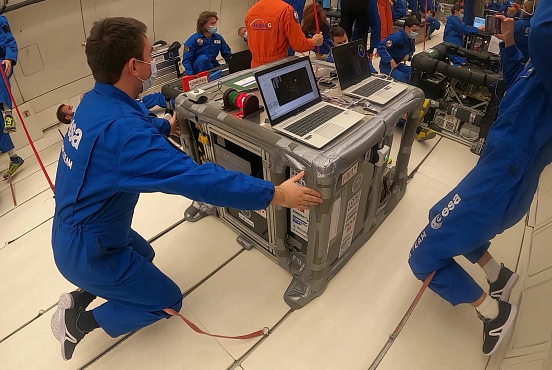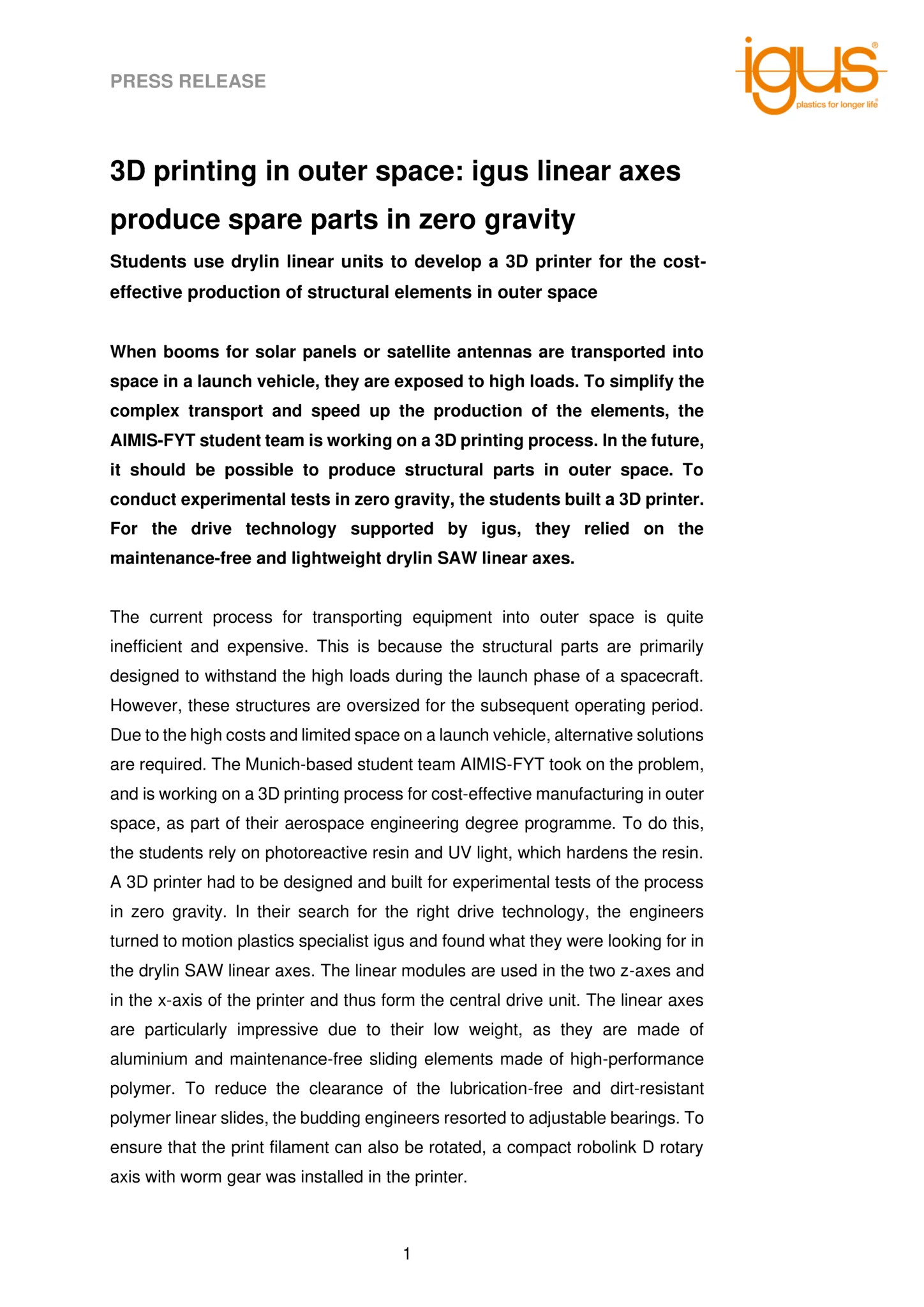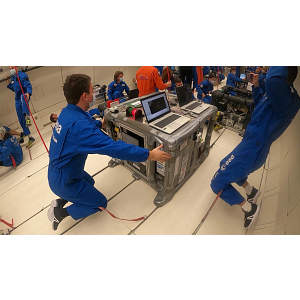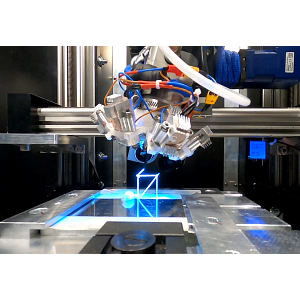3D printing in outer space: igus linear axes produce spare parts in zero gravity
Published on: 25th February 2021
Students use drylin linear units to develop a 3D printer for the cost-effective production of structural elements in outer space

When booms for solar panels or satellite antennas are transported into space in a launch vehicle, they are exposed to high loads. To simplify the complex transport and speed up the production of the elements, the AIMIS-FYT student team is working on a 3D printing process. In the future, it should be possible to produce structural parts in outer space. To conduct experimental tests in zero gravity, the students built a 3D printer. For the drive technology supported by igus, they relied on the maintenance-free and lightweight drylin SAW linear axes.
The current process for transporting equipment into outer space is quite inefficient and expensive. This is because the structural parts are primarily designed to withstand the high loads during the launch phase of a spacecraft. However, these structures are oversized for the subsequent operating period. Due to the high costs and limited space on a launch vehicle, alternative solutions are required. The Munich-based student team AIMIS-FYT took on the problem, and is working on a 3D printing process for cost-effective manufacturing in outer space, as part of their aerospace engineering degree programme. To do this, the students rely on photoreactive resin and UV light, which hardens the resin. A 3D printer had to be designed and built for experimental tests of the process in zero gravity. In their search for the right drive technology, the engineers turned to motion plastics specialist igus and found what they were looking for in the drylin SAW linear axes. The linear modules are used in the two z-axes and in the x-axis of the printer and thus form the central drive unit. The linear axes are particularly impressive due to their low weight, as they are made of aluminium and maintenance-free sliding elements made of high-performance polymer. To reduce the clearance of the lubrication-free and dirt-resistant polymer linear slides, the budding engineers resorted to adjustable bearings. To ensure that the print filament can also be rotated, a compact robolink D rotary axis with worm gear was installed in the printer.
Successful test series under real conditions
To test the printer and the process, the team applied for the FlyYourThesis! programme of the European Space Agency (ESA) and was accepted. The parabolic flights took place in November and December 2020. When the aircraft reaches the peak of the climb and tilts into descent, micro-gravity occurs, very similar to weightlessness in space. Ideal conditions for a real test of the printer. “The linear axes always ran without problems in all experiments, so that we were able to print a small rod and also small framework structures for each parabola”, Torben Schäfer from the AIMIS-FYT team is pleased to report.
The young engineers support from igus promotes innovative projects
Projects such as AIMIS-FYT are supported by igus as part of the “young engineers support” (yes) programme. With the university initiative, igus wants to support pupils, students and lecturers with free samples, university discounts and sponsorships and the development of innovative projects. For more information about the university support, visit www.igus.eu/yes.




